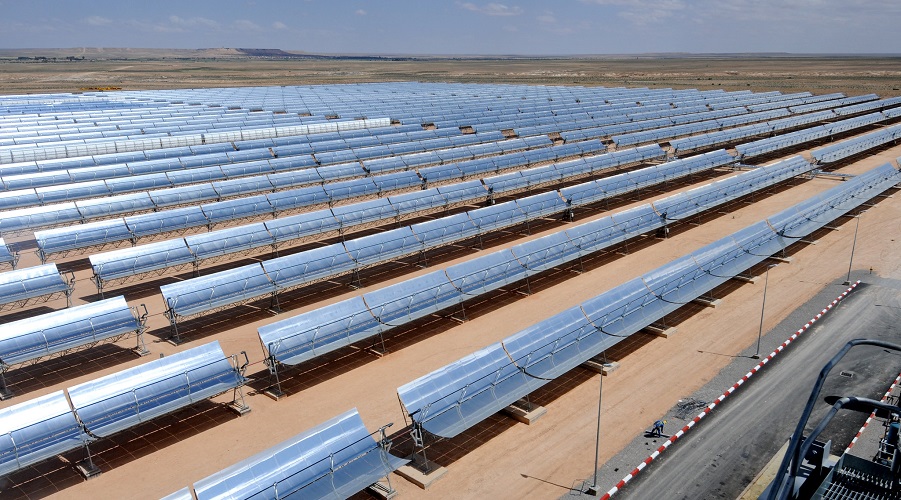
In a recent article in the journal Earth Science Systems and Society, an international research team describes how current mining practices could be improved and the sourcing and management of metals better aligned with the UN’s Sustainable Development Goals (SGDs).
According to the researchers, the mining sector can offset some of its negative impacts through compensation measures. High sustainability standards should be applied in the sourcing of raw materials and recycling systems should be significantly strengthened in order to promote an efficient and market-based circular economy, they say.
A more sustainable extractive industry would provide a cornerstone for the fulfilment of the SDGs, for example, by supplying key raw materials for building infrastructure (SDG 9) and the production of wind and solar technologies (SDG 7).
It is clear, however, that mining will never be able to achieve all the goals of sustainable development, such as eliminating the use and consumption of non-renewable raw materials. In light of this, the authors recommend that changes should be guided by the concept of “weak sustainability”, which focuses on achieving realistic targets. This approach allows for the use of non-renewable resources if this contributes to other sustainability goals such as renewable energy generation.
In the authors’ view, the first step toward this path is improving governance. They believe this will require the participation of diverse stakeholders at different levels, from individual companies to international policymakers.
Based on their analysis, the researchers recommend the following concrete steps:
In the authors’ view, however, to achieve such commitments a certain level of compromise must exist.
“The regulation of mining activities will always entail trade-offs, for example, between opportunities such as facilitating the energy transition, innovative battery design and e-mobility on the one side and risks for ecosystems and communities on the other side,” first author Ortwin Renn said in a media statement.
“It is important to find the right balance that ensures shared benefits, supports sustainable development as a whole and reduces the risks.”
For Renn and his colleagues, creating a sustainable mining sector will require policies that put environmental, economic, and social sustainability at the top of the agenda.